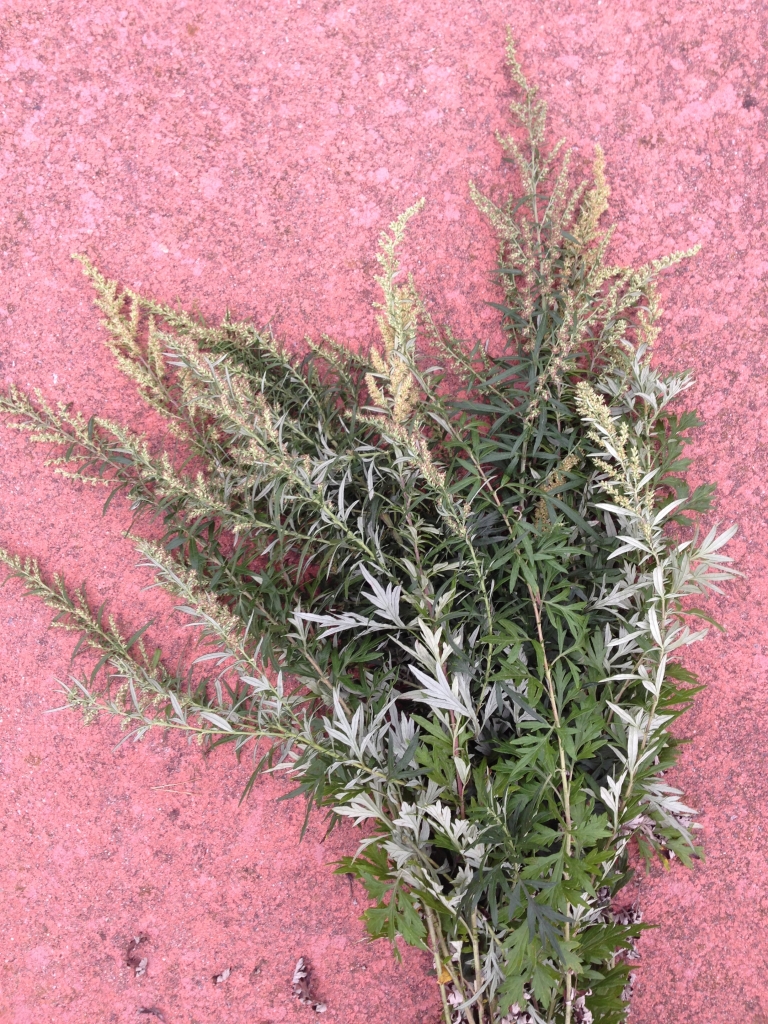page turner
In my current reading, I am deep into an engaging mystery, but there is another book that has me glued to it: Nelson Coon’s Using Plants for Healing. In my continuing search for finding value in and uses for ‘weeds’ that we tread upon, yank out, openly discard and cannot even identify, I stumbled upon his book and feel lucky for it.
Methodically, he takes us on “a detour into history” tracking the use of herbs in medicine from the Pharaohs of Egypt; Hellenic Greece, where Theophrastus wrote An Enquiry into Plants in 370 B.C; Renaissance Venice where De Agricultura was printed in 1471; then the new world where the medicine of the Aztecs was “discovered”; and finally, to ‘New Netherlands’, where “…a reporter found some thirty plants which he said were valuable to the Indians, including polypody, sweetflag, sasafrass, mallow, violet, wild indigo, Solomon’s-seal, milfoil, ferns, agrimony, wild leek, snakeroot and prickly pear.” The colonists, indeed, relied upon their European knowledge, folk-remedies and Indian practices well into the nineteenth century by gathering plant material and making medicines from them. As cities and towns began to expand, access to the woods and fields for gathering became more difficult. The Shakers of New Lebanon, NY, however, planted a ‘physic garden” and “…in one season 75 tons of medicinal plants were grown, dried, pressed, and packed, and shipped to every state.”
Coon devotes a page to each medicinal herb, with an illustration, its botanical name, family name and common names, and then a lengthy description of the plant, its history and uses, and some basic recipes.
Charged with my new knowledge, I took a walk outdoors and discovered a huge crop of mugwort (Artemisis Absinthium) and gazed again upon bountiful spreads of plantain, mint, yarrow, nettle, sorrel, burdock and golden rod. Other plants, I noticed, were past their prime and would have to be gathered next year. Maybe it is time for me to make a ‘gathering calendar’, so as not miss out on any of the beneficial plants. Fortunately, though, I am member of an herbal CSA, Wild Wind Herbal. Marybeth and Ashley seasonally gather and dry herbs and so-called ‘weeds’ and make tinctures, salves, teas and balms, and then distribute to their shareholders for four months (July-October).
Nelson Coon, Using Plants for Healing:Featuring a Guide to over 250 Medicinal Plants, (Rodale Press, 1979), pgs. 11-23 for history.
Note for further reading: Dina Falconi, Earthly Bodies & Heavenly Hair: Natural and Healthy Personal Care for Every Body, (Ceres Press, 1998); many recipes for the mugwort I am harvesting today to make both a tincture and a vinegar for future uses).
